How to use a crypto wallet
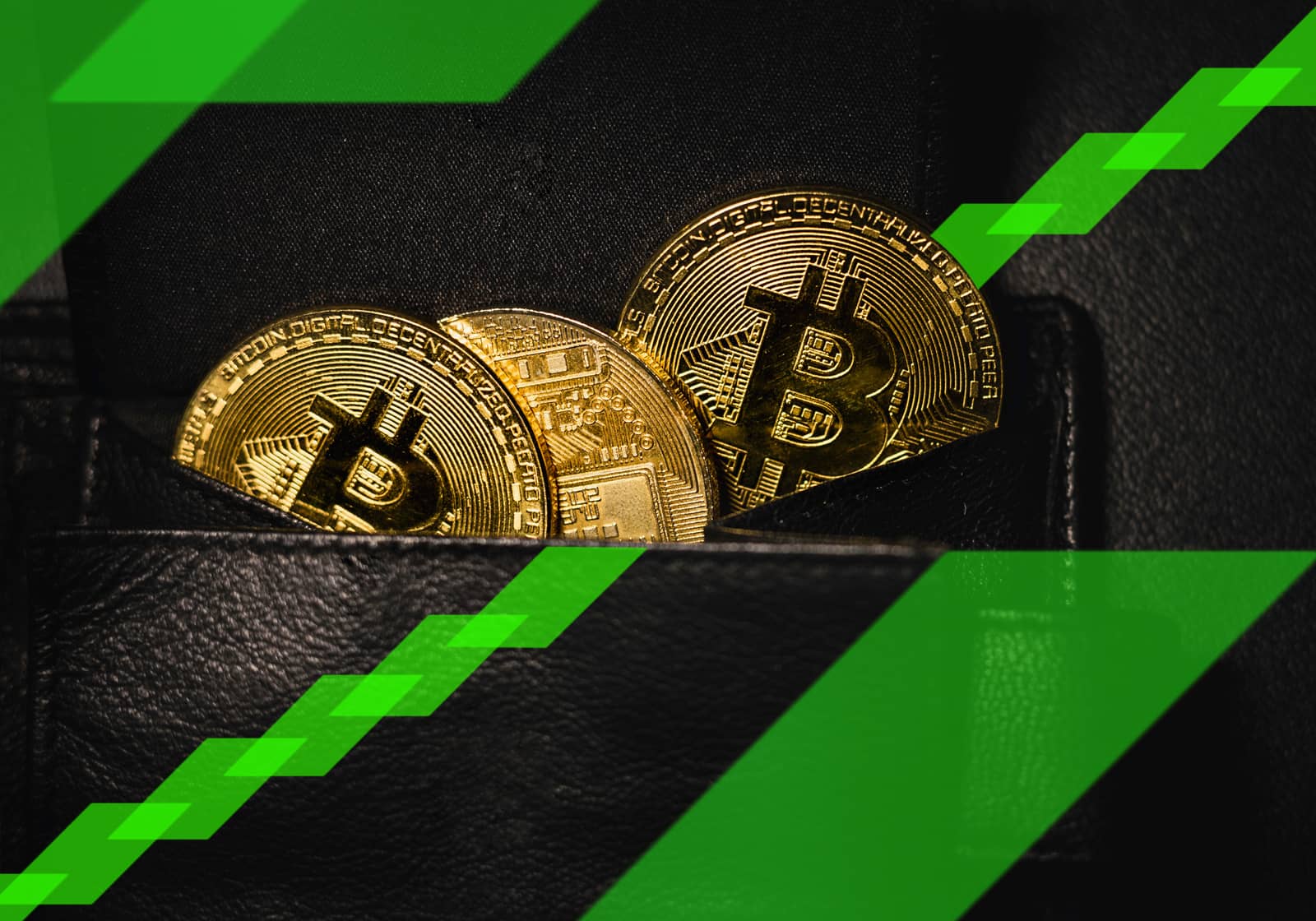
Аnybody who takes their first steps in the crypto world immediately faces the question of where and how to store their cryptocurrency. That's exactly why cryptocurrency wallets exist. In this guide, we'll tell you all about crypto wallets. We'll cover questions like how to create a wallet for cryptocurrency, how to use a wallet for crypto, how a cryptocurrency wallet works, how to transfer crypto to a wallet, how to recover a crypto wallet if anything goes wrong, and more.
How do cryptocurrency wallets work?
A crypto wallet is essentially a combination of a cryptocurrency address (public key) and a private key that allows the funds at this address to be controlled. Thus, the public key can be considered something like a bank account number, while the private key is the password to it.
The term 'wallet' is used for programmes, online services, and hardware devices that allow owners of private keys to carry out operations with funds on cryptocurrency addresses. So, if you want to use Bitcoin or any other cryptocurrency, you'll need a corresponding personal crypto wallet.
Unlike traditional wallets, wallets for cryptocurrenciesdon't physically store money. In fact, cryptocurrencies don't physically exist anywhere. All that exists are transaction records stored on a blockchain.
How to transfer cryptocurrency between wallets
When someone sends you cryptocurrency, they are essentially transferring ownership of the coins to your wallet's address. There is no real transfer of any coins. A transaction is made by recording it in the blockchain. To manage these coins, you need a private key that matches the public address to which the cryptocurrency was transferred.
The exact process for sending your cryptocurrency to another personal crypto walletdepends on your particular wallet's interface. However, it tends to be a fairly simple task. You just need to enter the recipient's public address and the amount of cryptocurrency you want to transfer, then confirm the transaction. Be careful when entering the address because cryptocurrency transactions are irreversible. If you enter the wrong address, you won't be able to get your coins back.
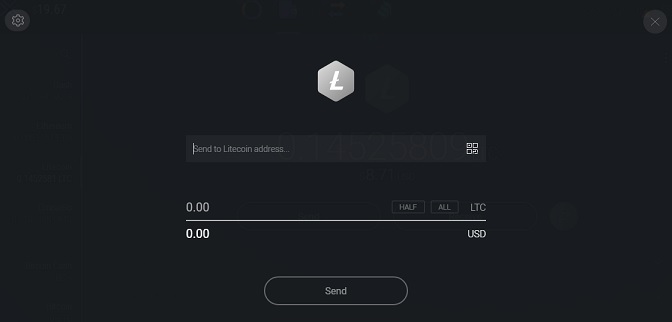
How to choose a personal crypto wallet
The choice of the cryptocurrency wallets softwaredepends on many factors, the foremost of which is what you'll use the cryptocurrency on this wallet for.
Choose your wallet on StormGain
How many crypto wallets are there?
Currently, there is a wide range of options for storing cryptocurrency, and each wallet has its pros and cons. Let's take a closer look at this variety of choices.
Hot and cold wallets
Hot and cold wallets are the two main different types of crypto wallets. A hot wallet is a wallet for cryptocurrenciesthat is connected to the internet. On the other hand, a cold wallet is one that is offline most of the time. It's connected to the internet only when a transaction needs to be made. Hot wallets can be found online, via software or connected to accounts. Cold wallets are found on hardware or paper.
The main advantage of cold wallets is their security. There are many Trojans and other malware that hackers use to try to steal cryptocurrency. But if your wallet is offline, your coins are safe. The downside is that it's harder to use them.
Hot and cold wallets have different properties and are used for different purposes. Cold wallets are mostly used for storing cryptocurrencies, especially large amounts. Conversely, hot ones are preferred for everyday usage and frequent transactions.
Hardware and software wallets
Cryptocurrency software wallets are programmes that are installed on your PC or mobile phone. They store your private keys on your computer and often have user-friendly interfaces. This is a very easy-to-use and secure option, although it's still vulnerable to malware or, in the case of mobile versions, to the theft of the physical mobile device. Currently, you can choose from a wide variety of cryptocurrency software wallets based on your needs.
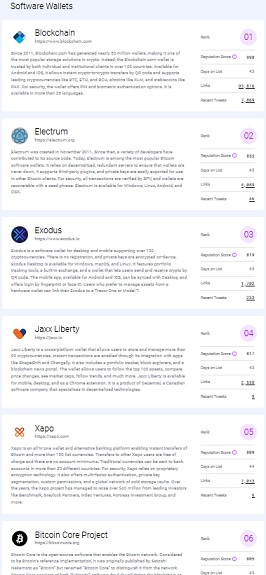
A hardware wallet is a physical device that stores your private key in it. Such wallets are very secure but not very convenient to use. In addition, they cost money; a dedicated hardware wallet can cost more than $150.
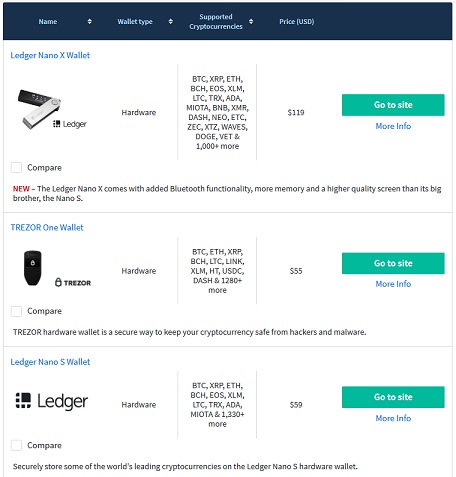
Choose your wallet on StormGain
Online and account wallets
Online (or browser) wallets are online services that run on a cloud and are accessible from any place where you can access the internet. How do you use a crypto wallet online?They are very convenient for everyday use, but the fact that they store your private keys online makes them less secure. In addition, when you use an online wallet, your private key is controlled by a third party, a consideration that adds to the risks.
Account wallets are a type of online wallet. When you register an account on a cryptocurrency exchange, such as StormGain or Binance, you automatically receive a built-in wallet. The main advantage of this method of storing crypto is your ability to use it for trading whenever you want. The disadvantages are similar to those of online wallets. However, an exchange can store cryptocurrency in hot wallets only partially while holding most of it in cold wallets for security reasons. StormGain's wallet offerings are a good example of that approach.
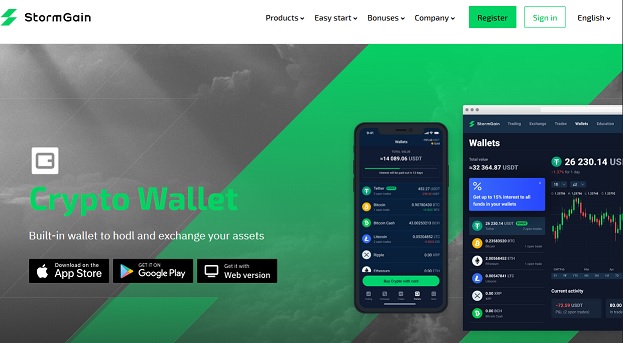
Paper wallets
A paper wallet is the simplest form of a cryptocurrency wallet. Its owner only has an address and a private key written on a paper or similar medium (text file, screenshot, etc.). These data are enough to receive crypto transfers. However, if you're going to spend any amount from your paper wallet, you'll need a software solution. This form is the safest and, at the same time, most inconvenient way to store cryptocurrencies.
How to create a cryptocurrency wallet
The answer to the question of how to get a crypto wallet depends on what kind of wallet for cryptocurrencies you plan to create.
If you want to get a hardware wallet, you first need to purchase the device. Then, you need to follow the attached instructions, which usually include installing the corresponding software and connecting the device to your computer.
Creating a cryptocurrency software wallet is usually simpler. Once you've chosen a specific wallet, you just need to download the programme and install it.
Getting an online or account wallet is even easier. All you have to do is to register on a website.
How to backup a crypto wallet
Sometimes, bad things happen. Your computer or mobile phone can break down, or your software wallet can malfunction. If that happens, you'll need a backup to recover access to your cryptocurrency. This is very necessary for wallets of all kinds.
Luckily, the process of backing up a wallet is quite simple. For each wallet you create, you will be given a passphrase or key as your backup. Depending on the specific wallet, you can look for an option, such as 'Backup wallet', 'Seed phrase', 'Export private keys' or something similar. Write it down and keep it somewhere safe. If you ever need to recover access to your funds, just enter that passphrase into the new wallet.
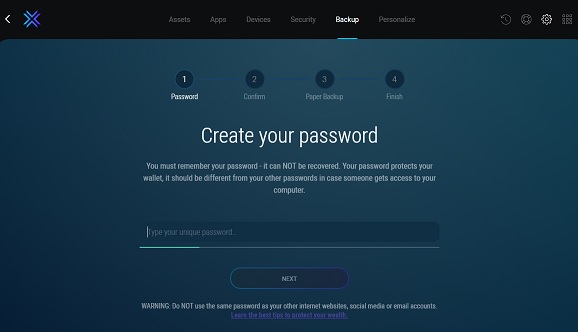
Tags
Try our Bitcoin Cloud Miner and get additional crypto rewards based on your trading volume. It's immediately available upon registration.
Try our Bitcoin Cloud Miner and get additional crypto rewards based on your trading volume. It's immediately available upon registration.
FAQ
How to use a cryptocurrency wallet
To use a wallet for cryptocurrencies, there are several methods available for sending or receiving cryptocurrency. Generally, you would need to enter the recipient's wallet address, select the desired amount to send, sign the transaction using your private key, include the transaction fee, and then proceed to send it.
What is a crypto wallet, and how does it work?
A crypto wallet is a software application that runs on computers or mobile devices like phones or tablets. It uses an internet connection to connect to the blockchain network of the cryptocurrency you're using.
Instead of being physically stored somewhere, cryptocurrencies are data scattered throughout a database. The wallet's job is to locate all the bits associated with your public address and calculate the total amount within the interface of the cryptocurrency wallet software.
These applications make it easy to send and receive cryptocurrency. You can send or receive cryptocurrency from your wallet using various methods. Typically, you would enter the recipient'spersonal crypto wallet address, choose the amount to send, sign the transaction with your private key, add a transaction fee, and send it.
Crypto wallet - how does it work?
Crypto wallets operate differently from traditional wallets. While physical wallets hold currency, personal crypto wallets store the keys needed for buying cryptocurrencies and validating transactions.
How to use a wallet for crypto
There are multiple ways to send or receive cryptocurrency from or to a wallet for cryptocurrencies. The process usually involves entering the recipient'spersonal crypto wallet address, selecting the desired amount to send, signing the transaction with your private key, including a transaction fee, and ultimately sending it.



